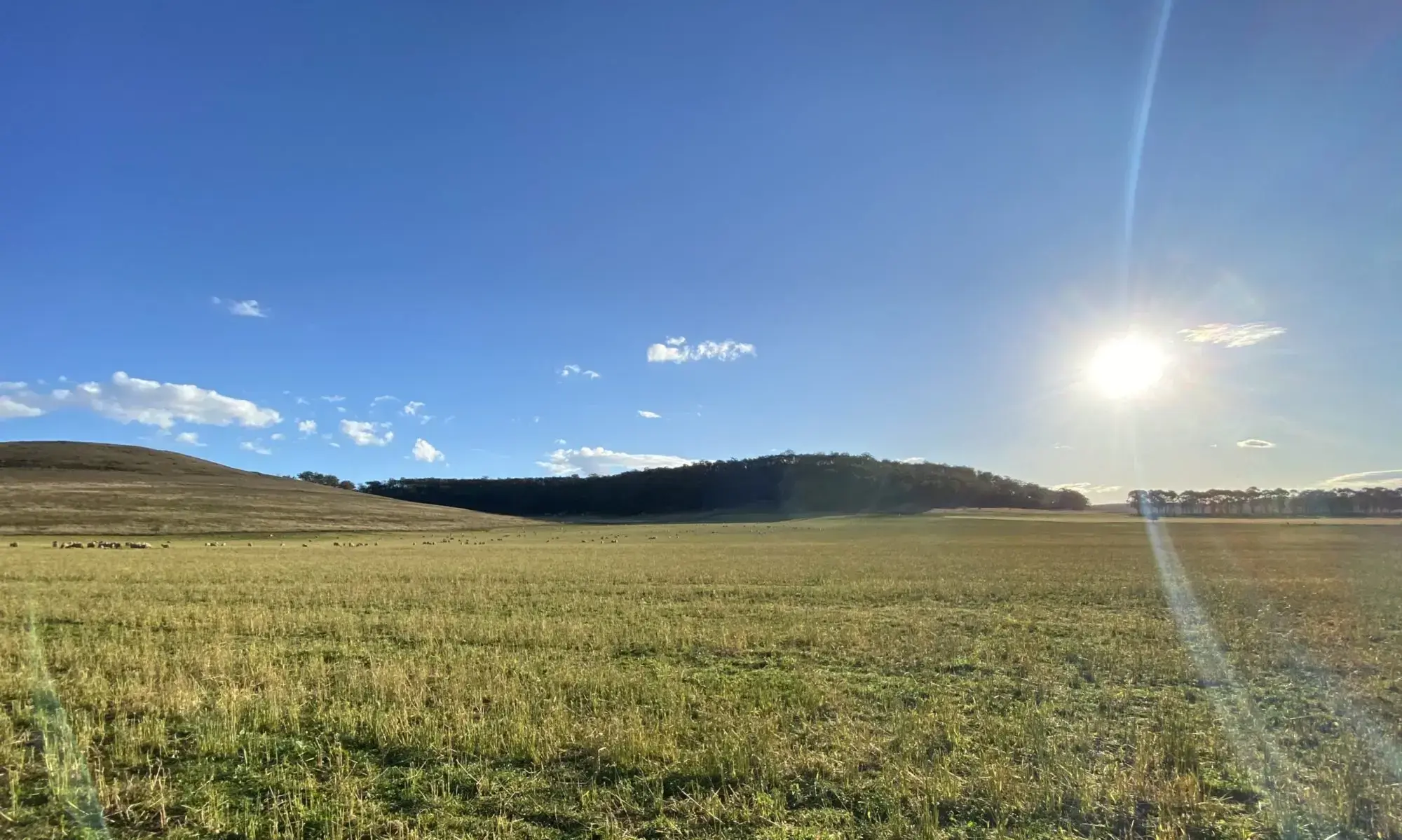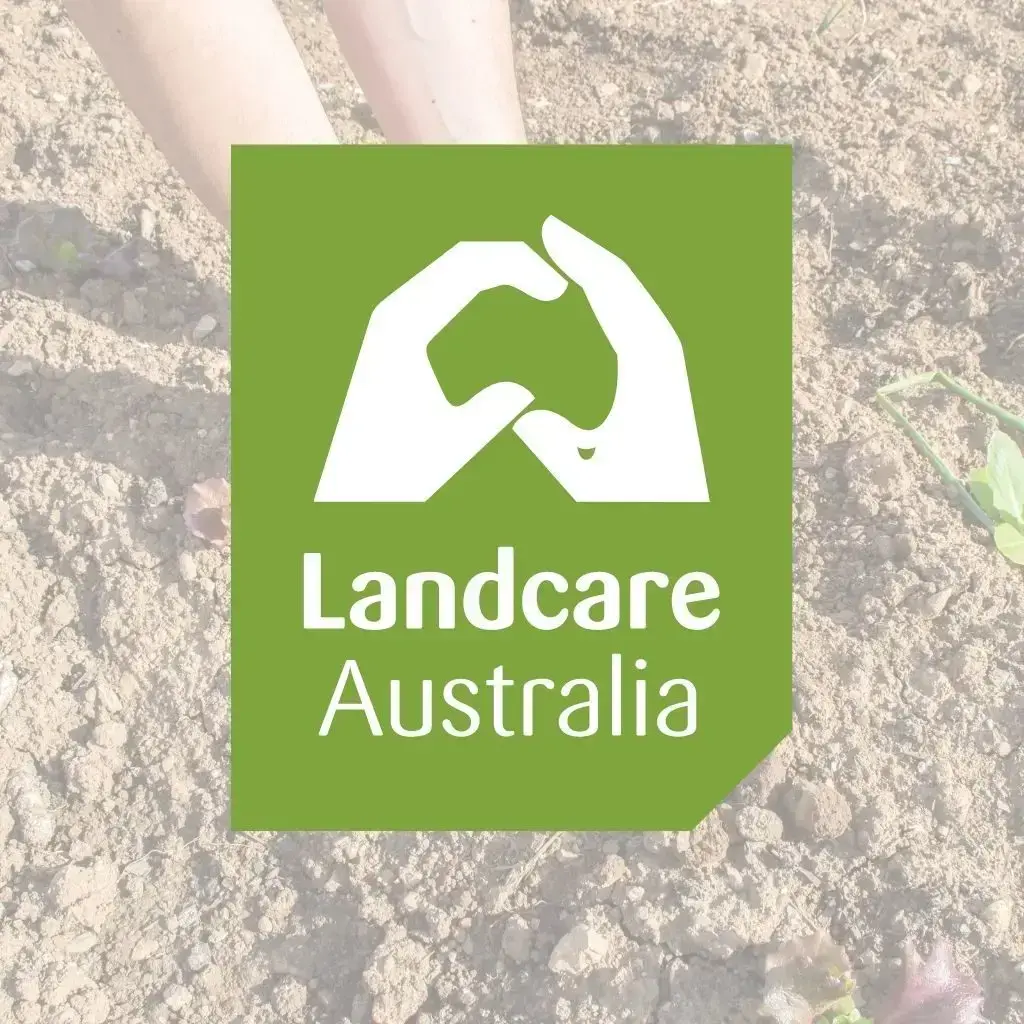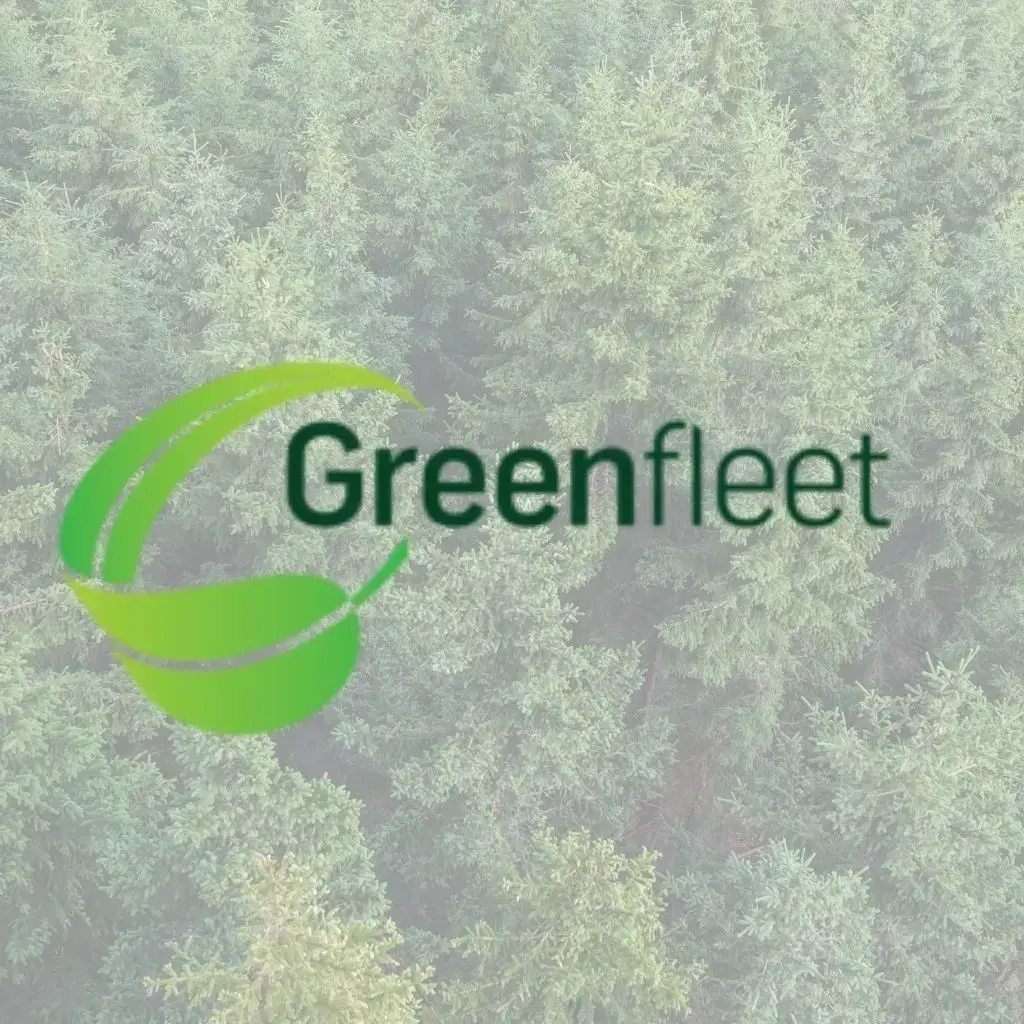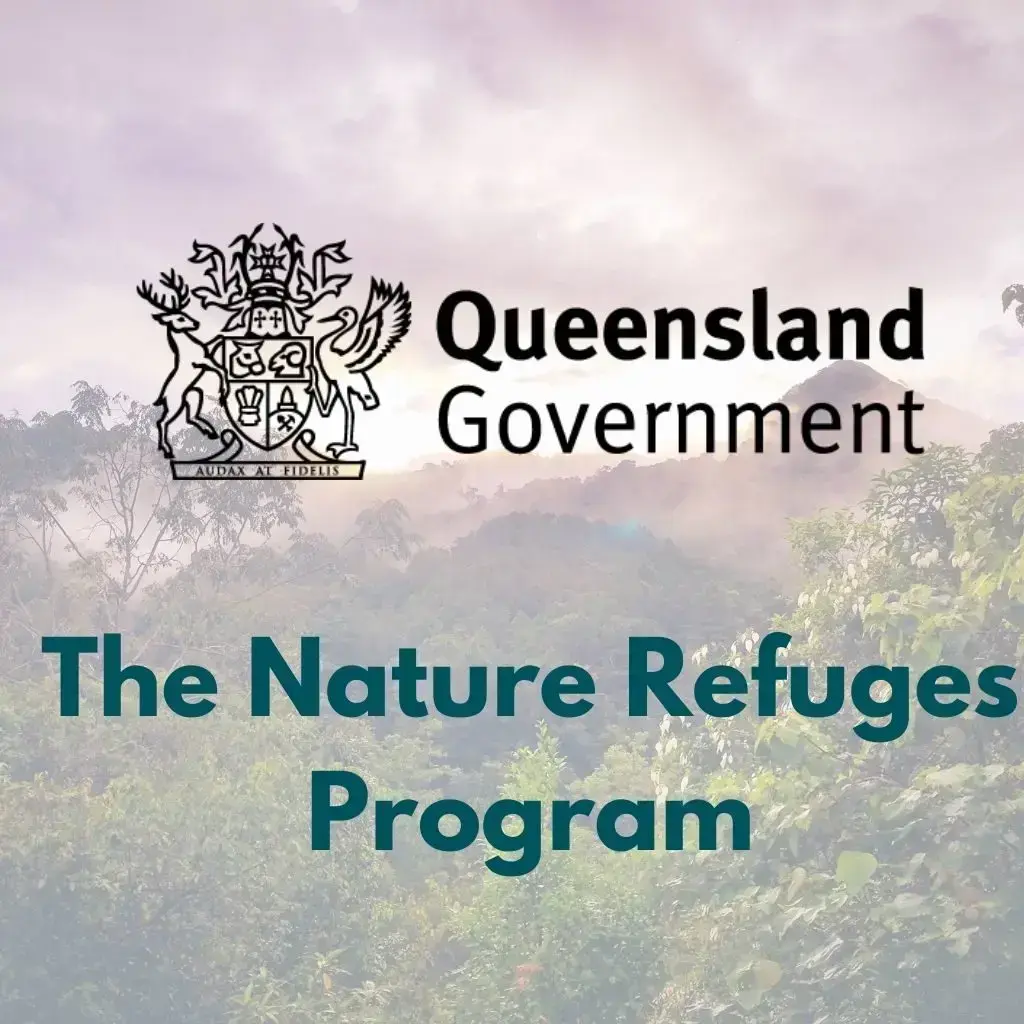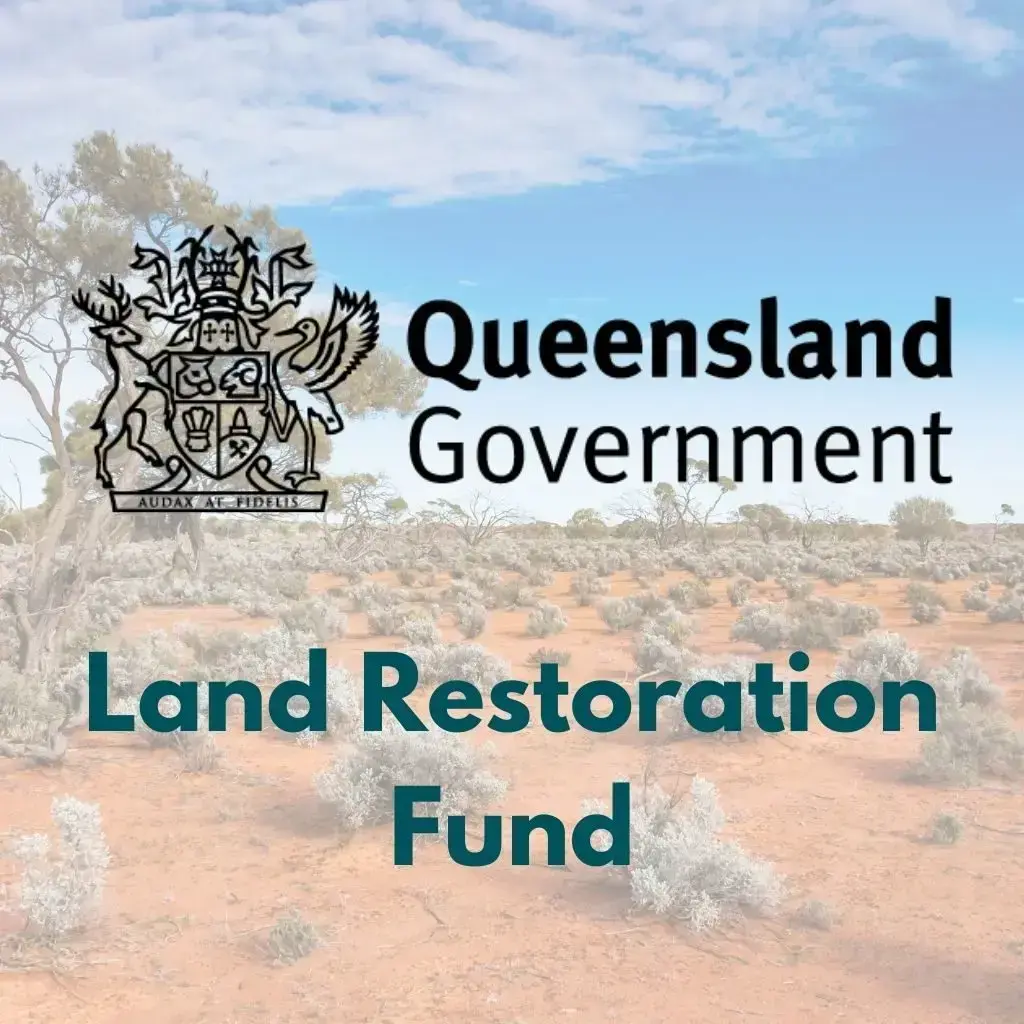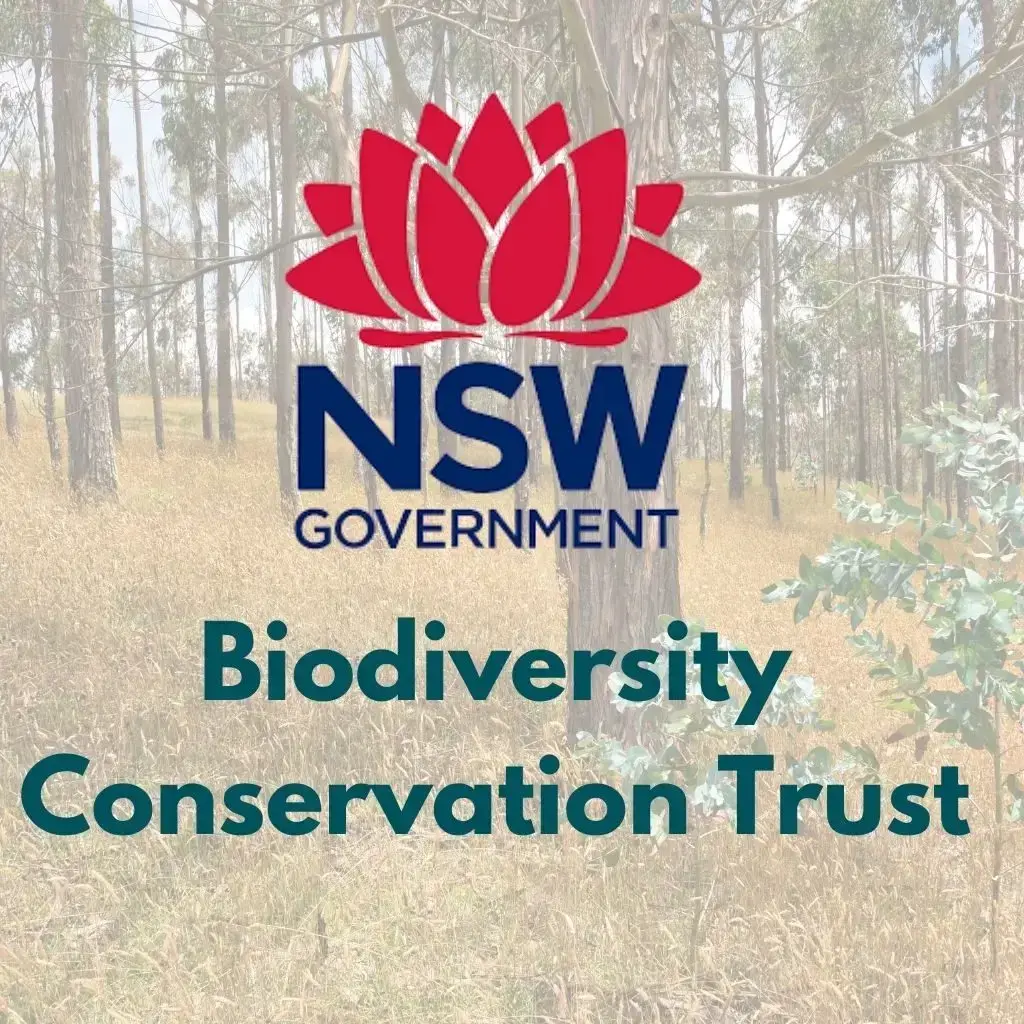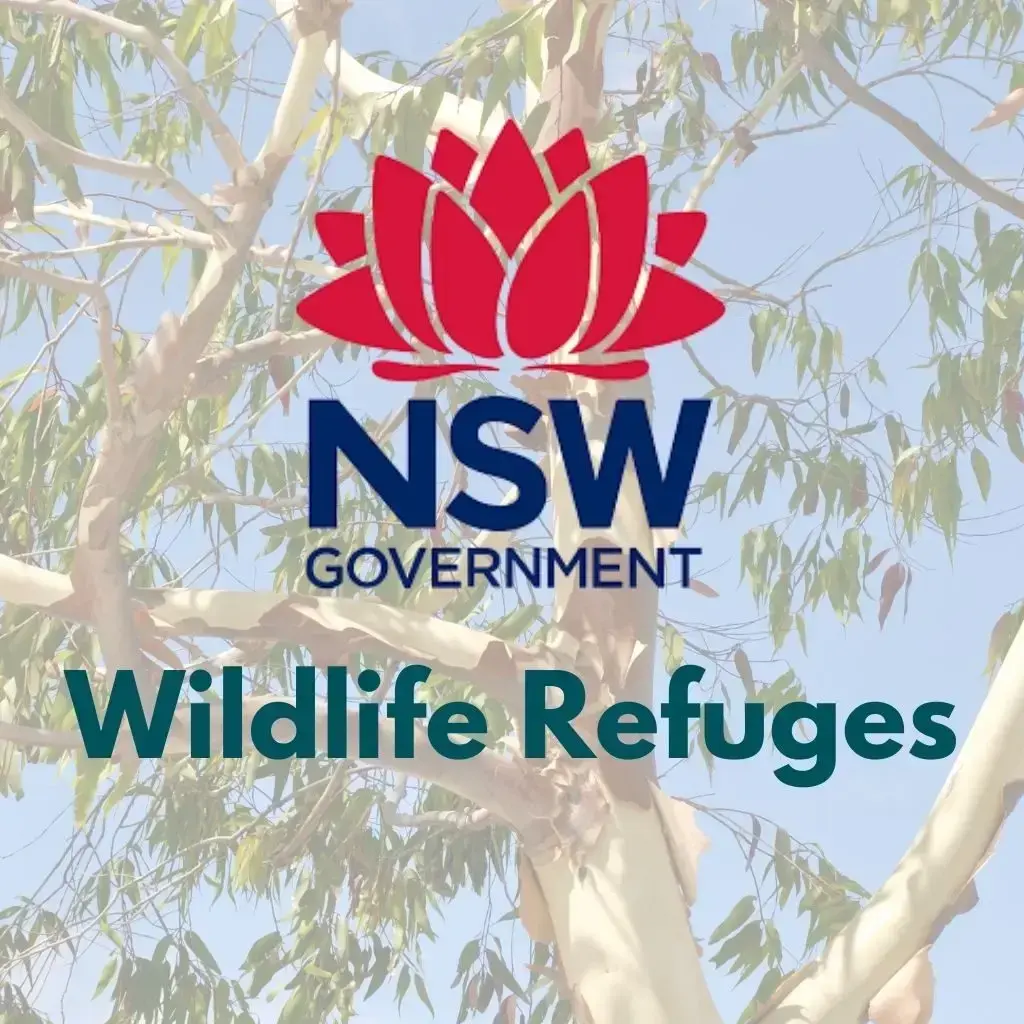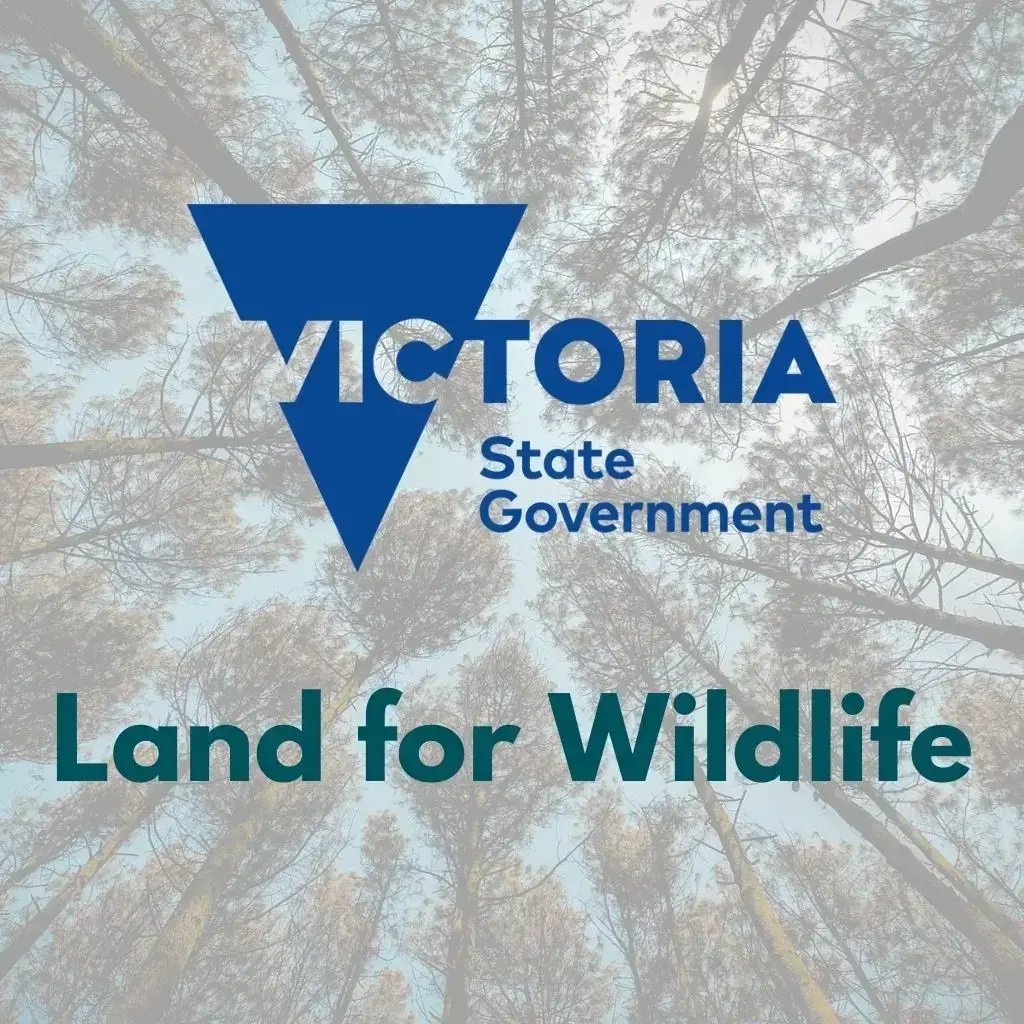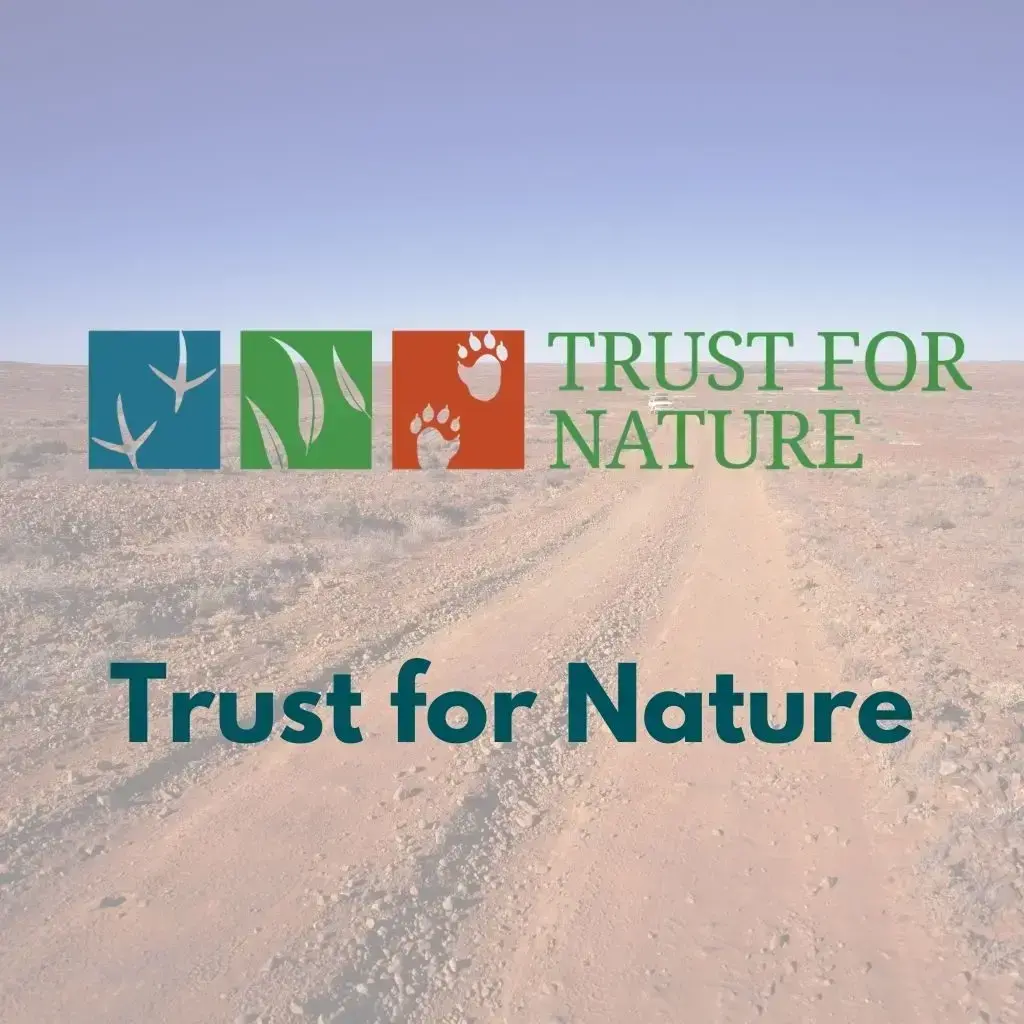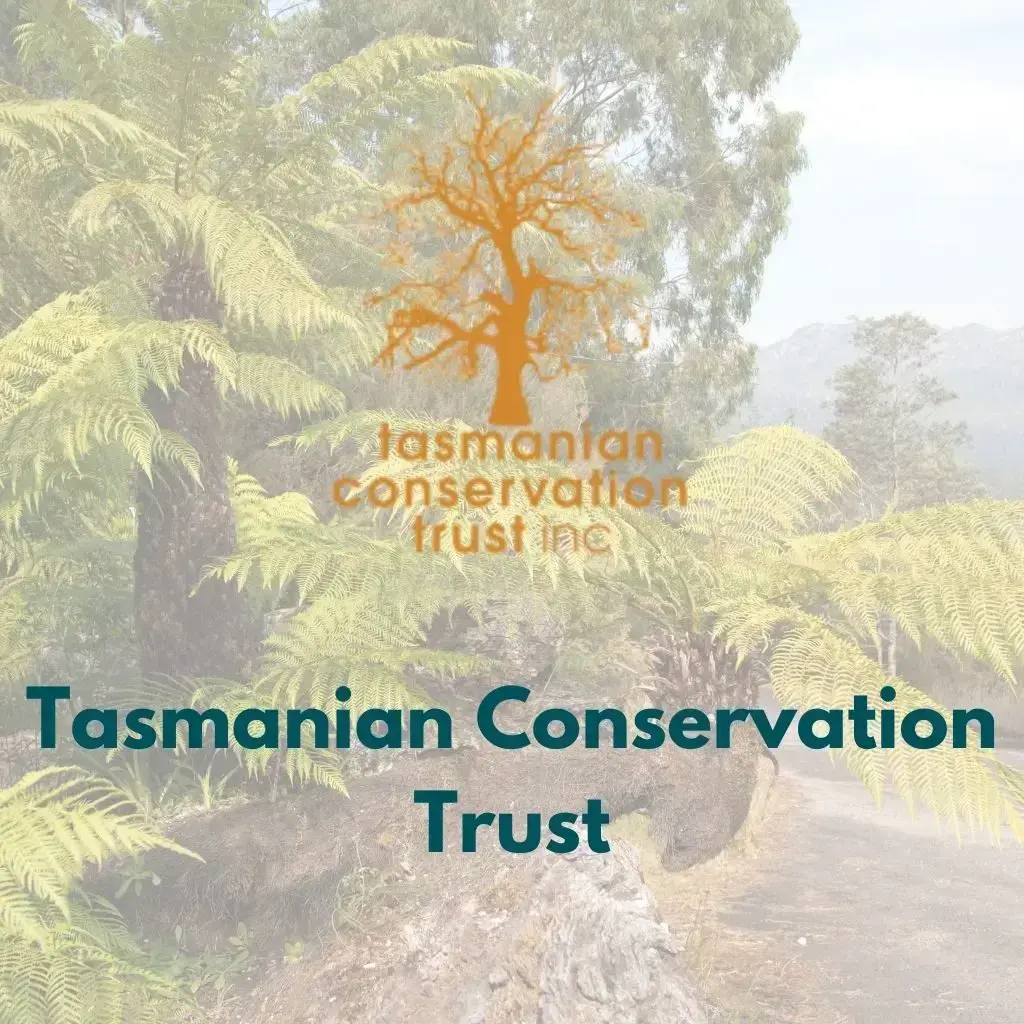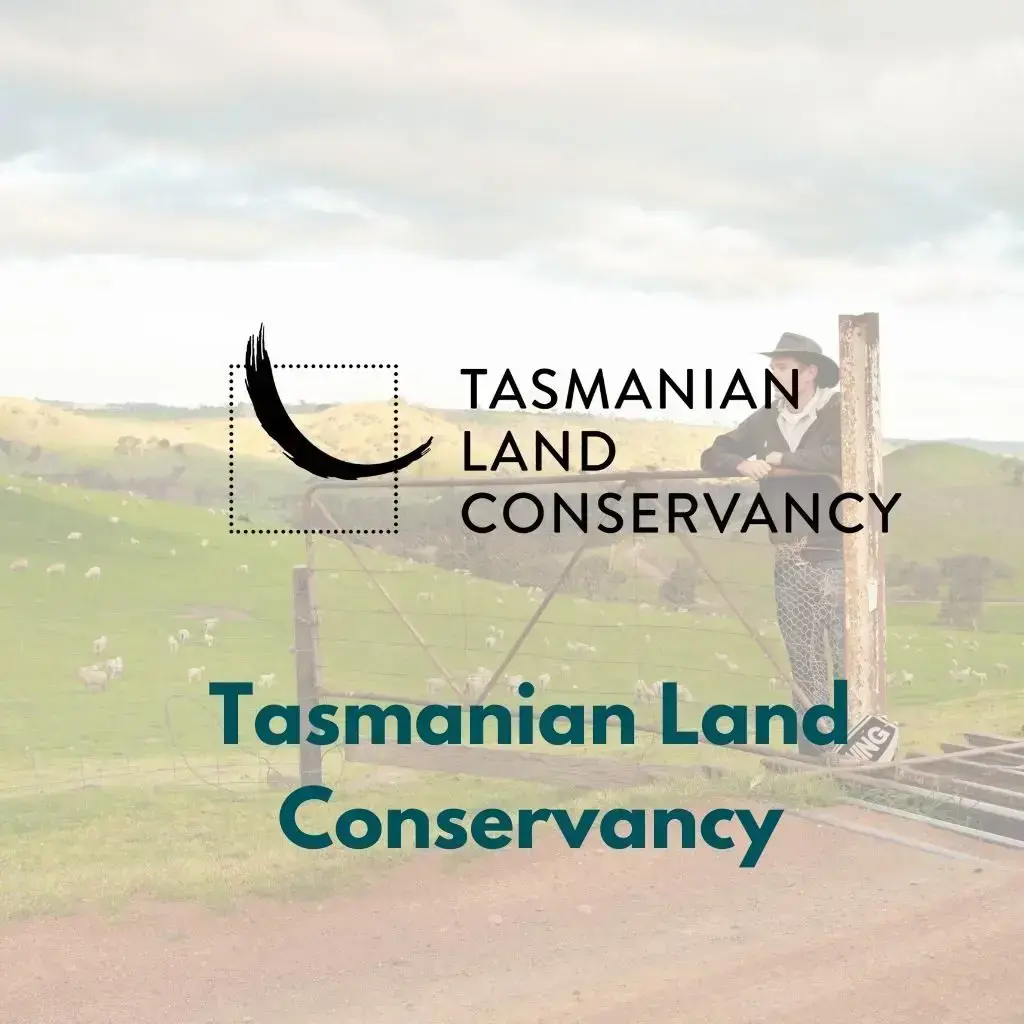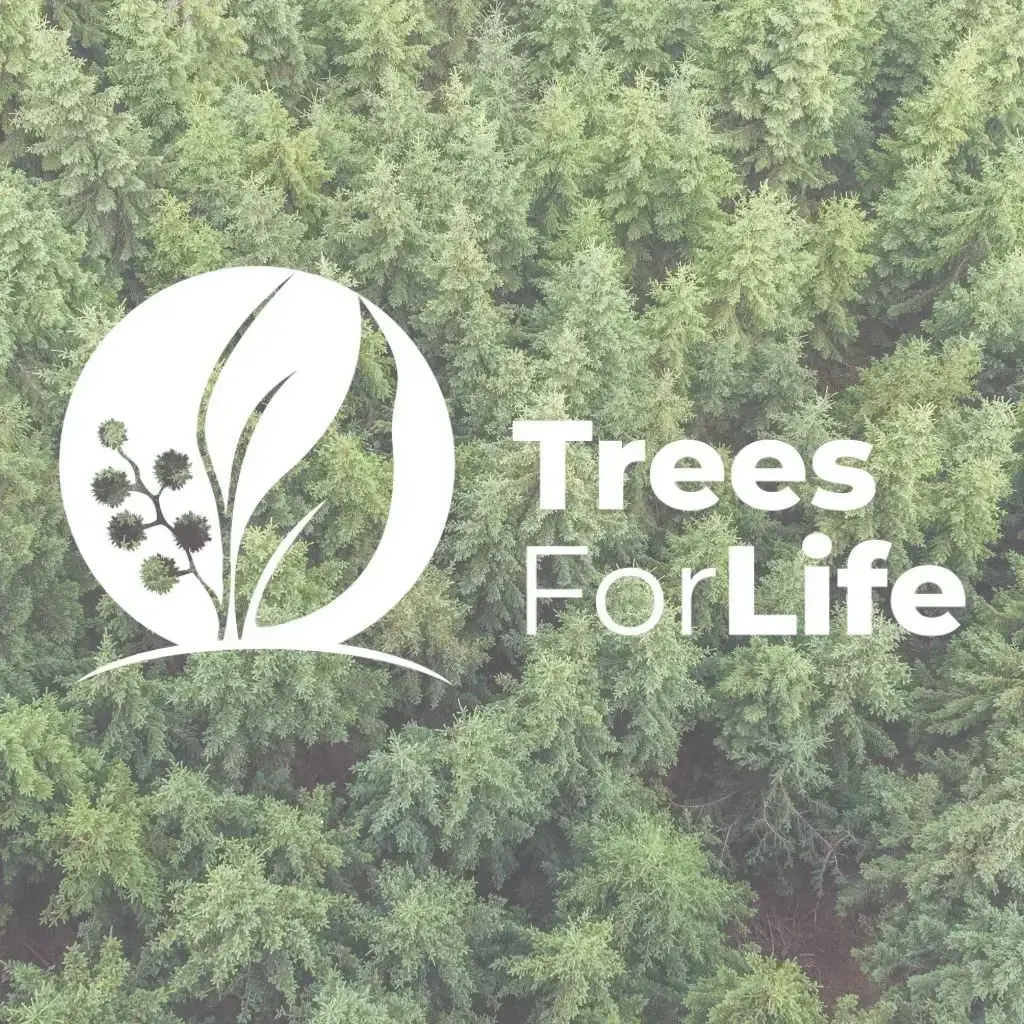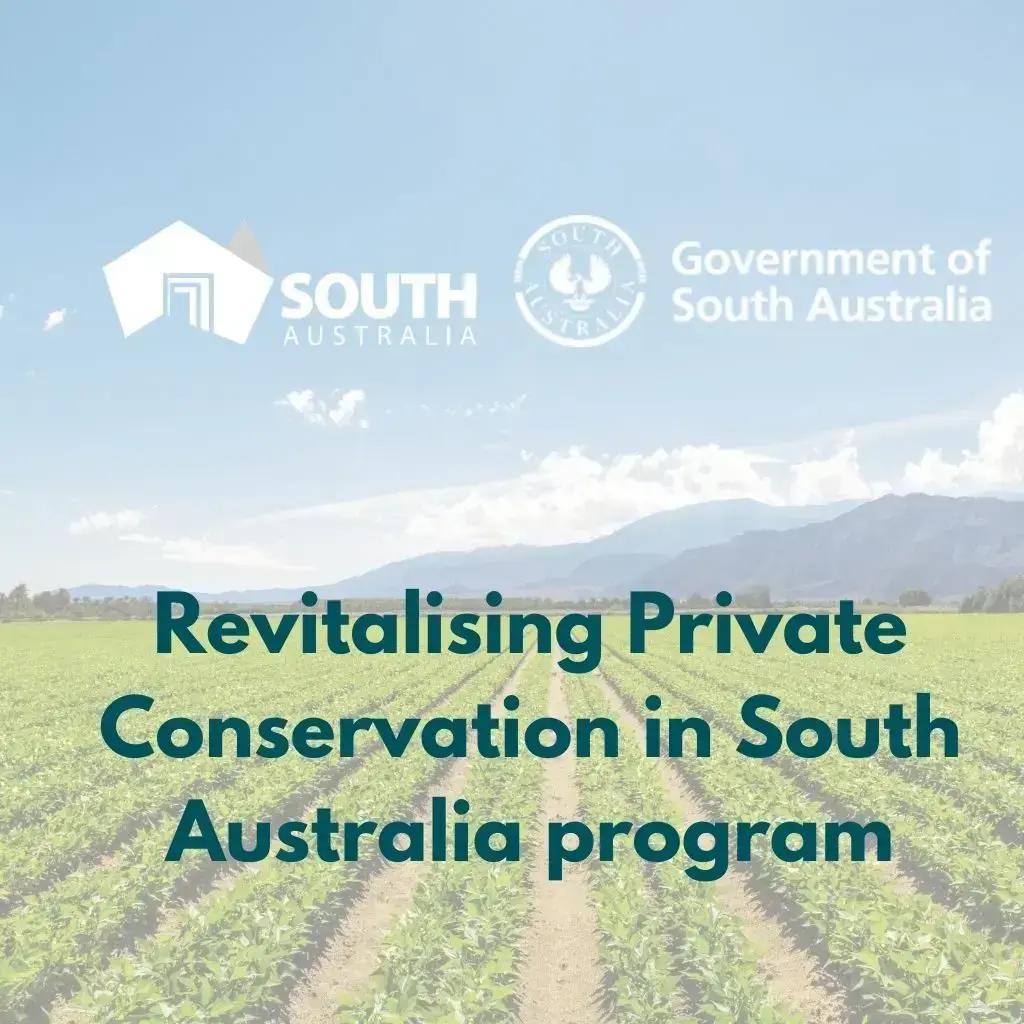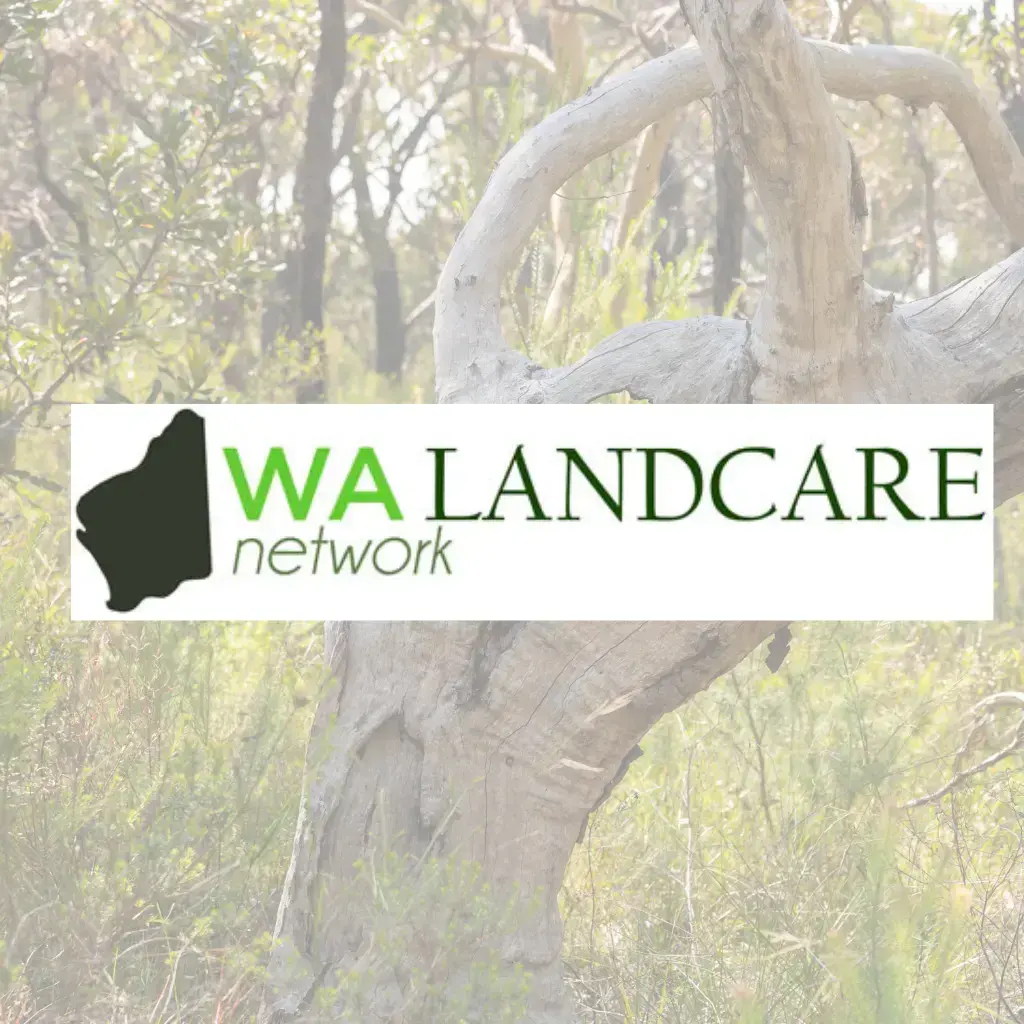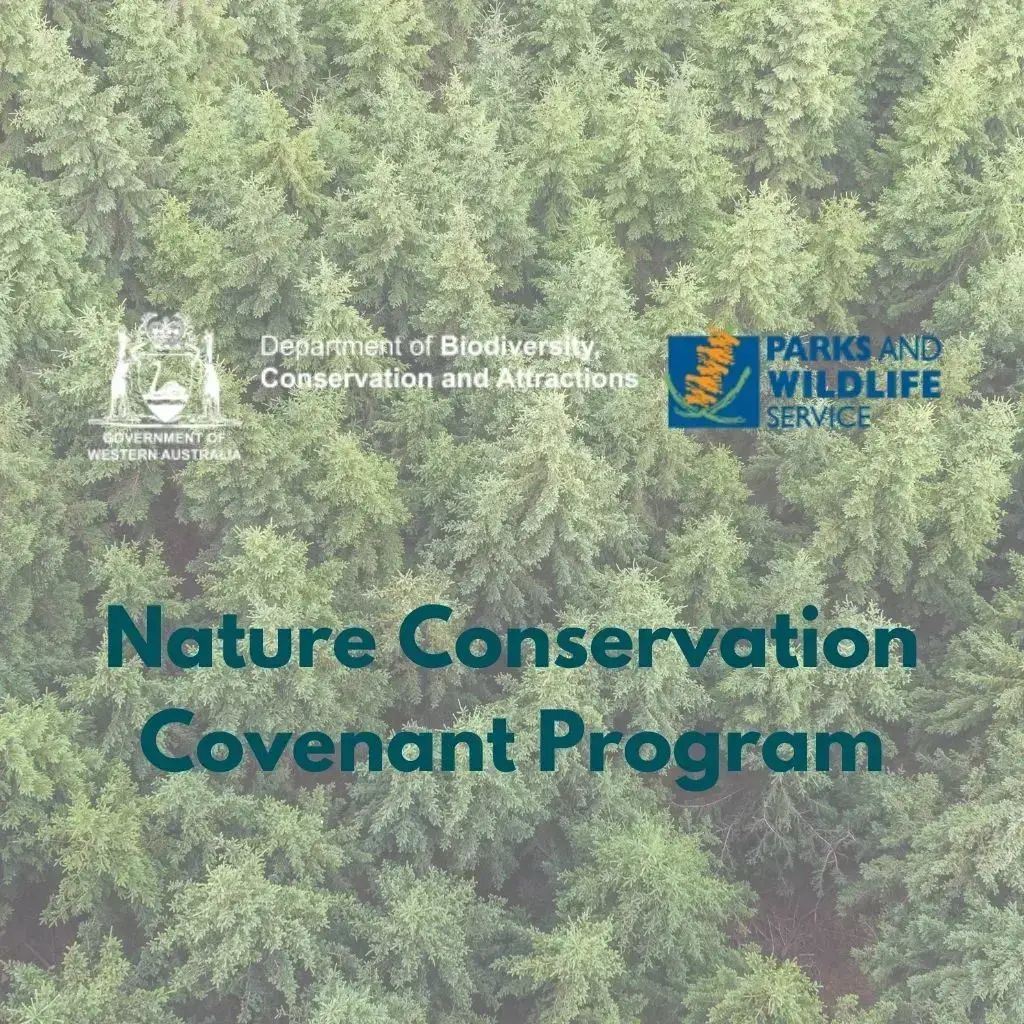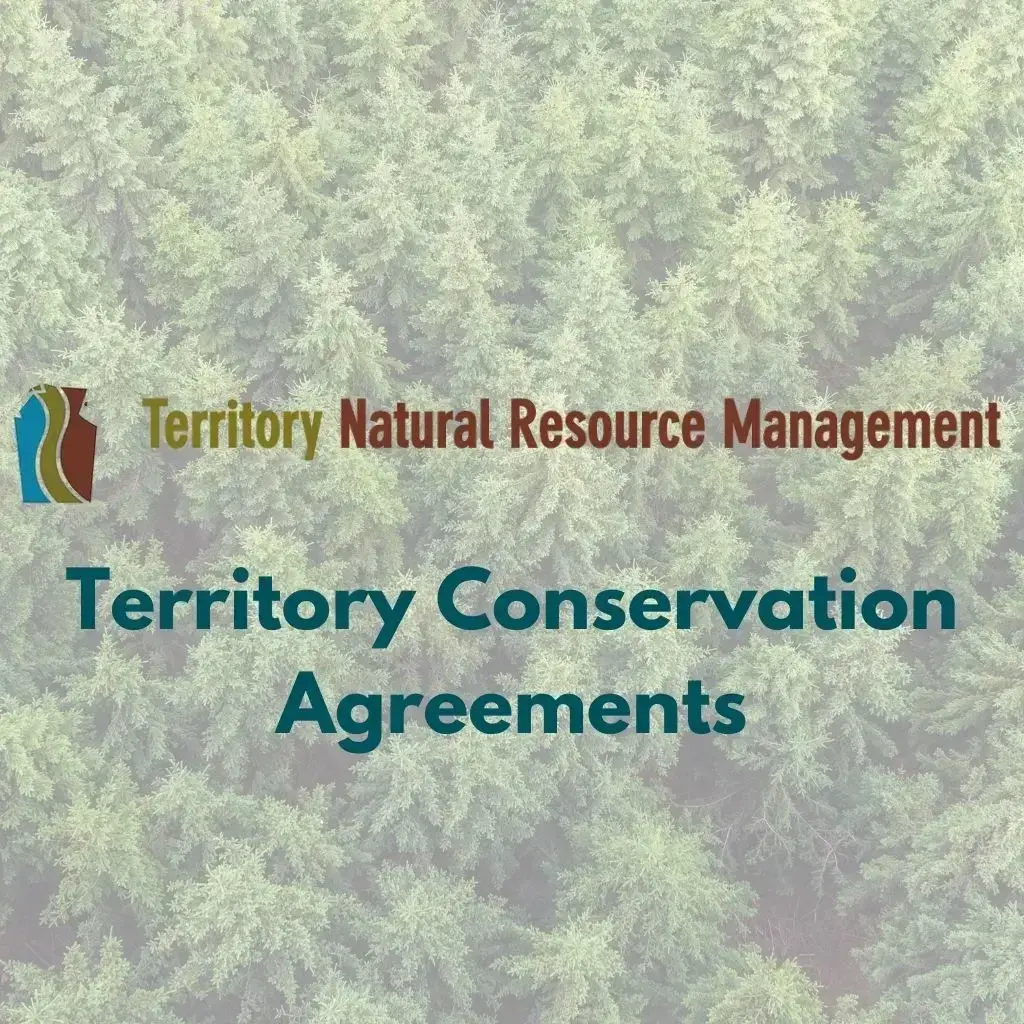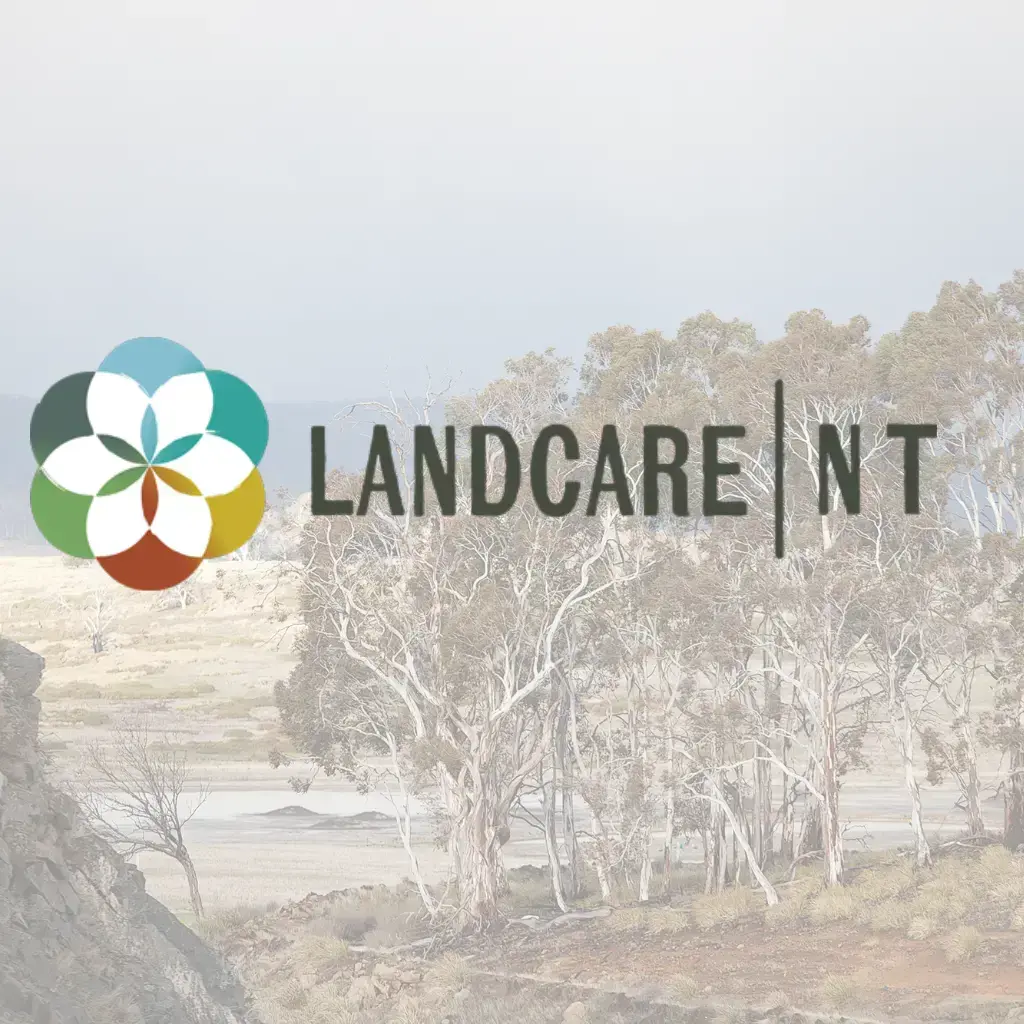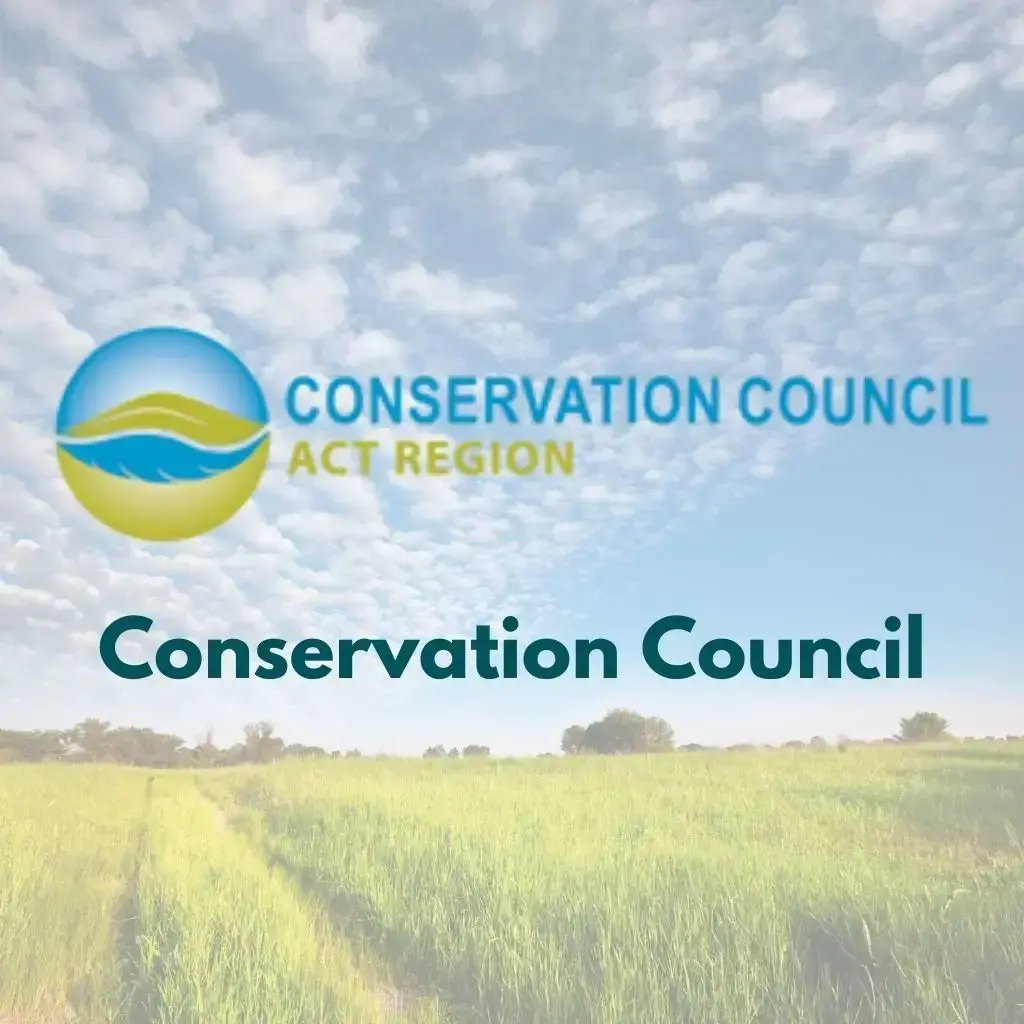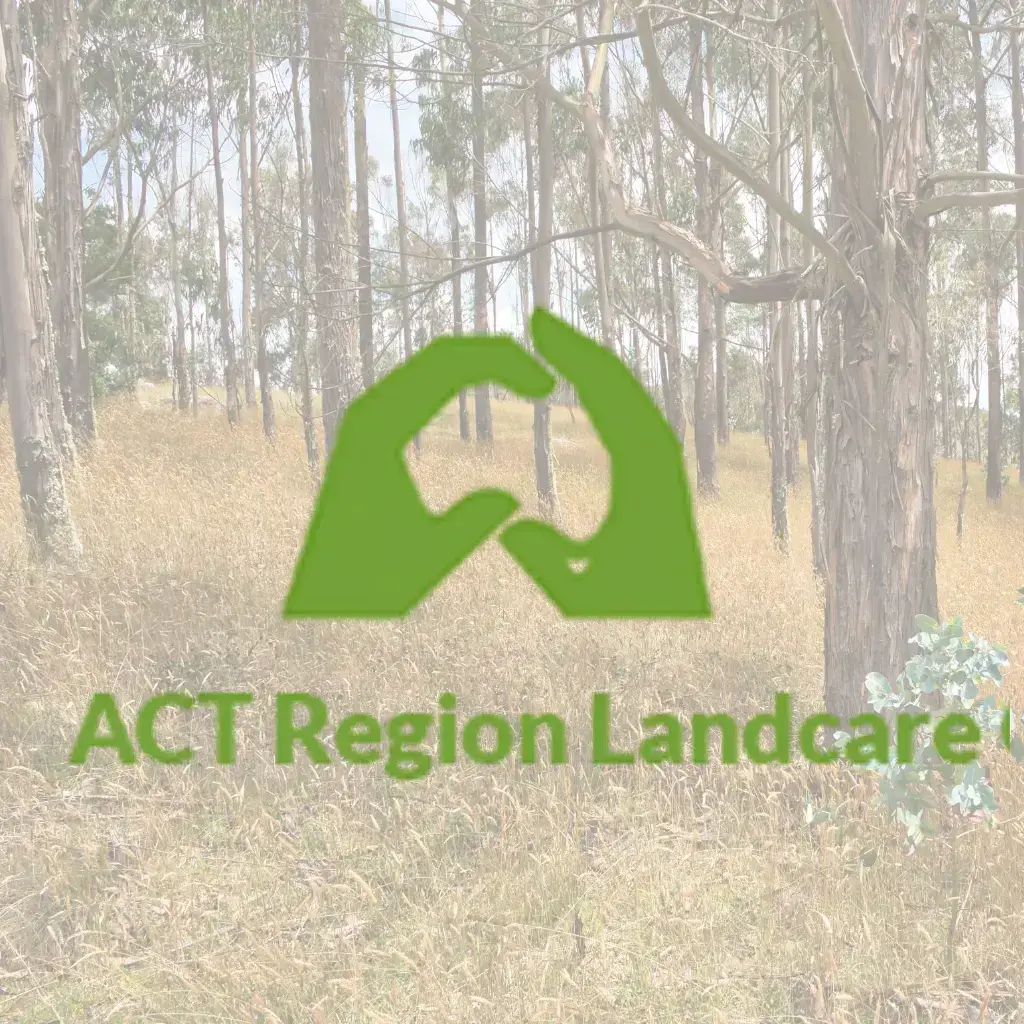Conservation and Revegetation Programs for Landholders
Revegetation and conservation activities can have many benefits for landholders. Surprisingly, the benefits aren’t purely ecological. Revegetating a landscape can play an important role in a landholder’s own wellbeing and even lead to improved production outcomes.
There are many programs available to you, so it’s important to choose the right program to suit you and your landscape. We have compiled a list of government, NGO and charity programs both nationally and at a state level to help you find the program you need. Click the tiles to learn more about the programs.
National Programs
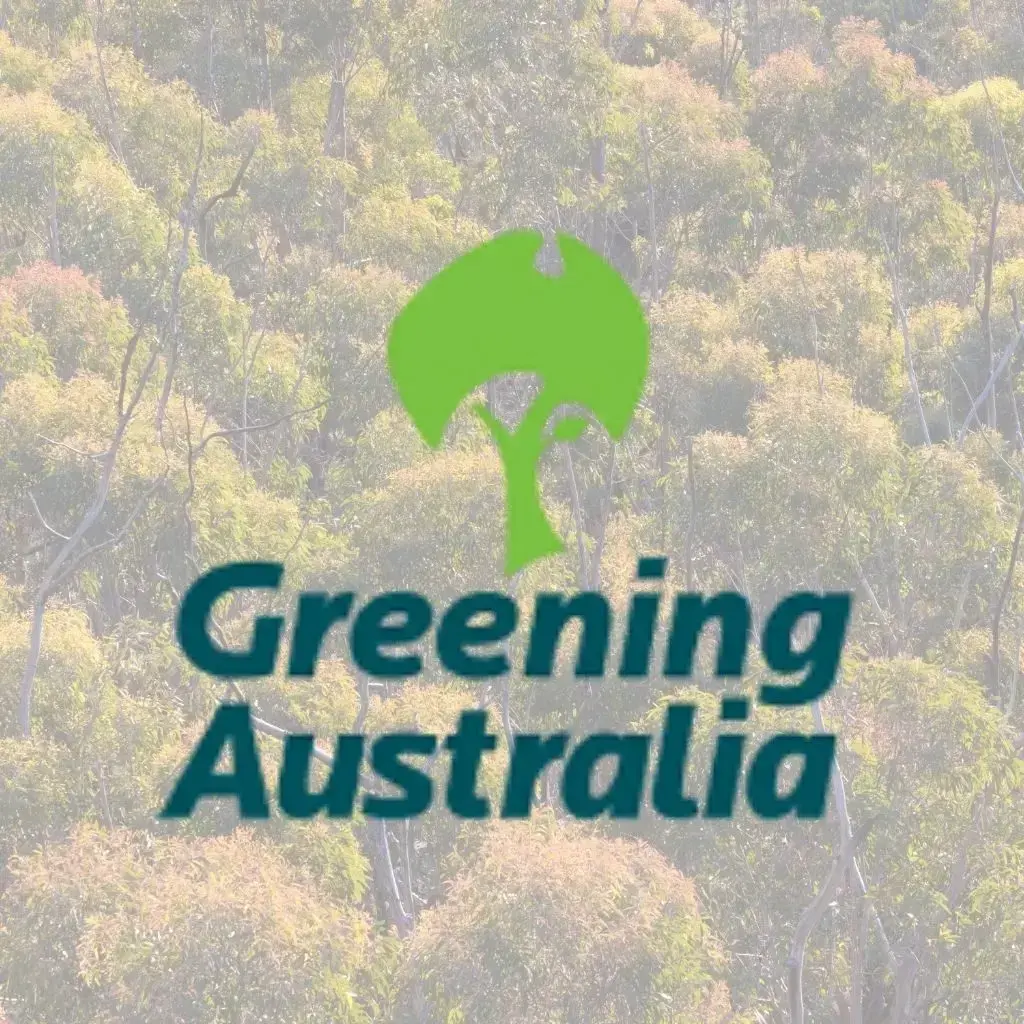
Explore programs by your state:
[expand title=”Queensland”]
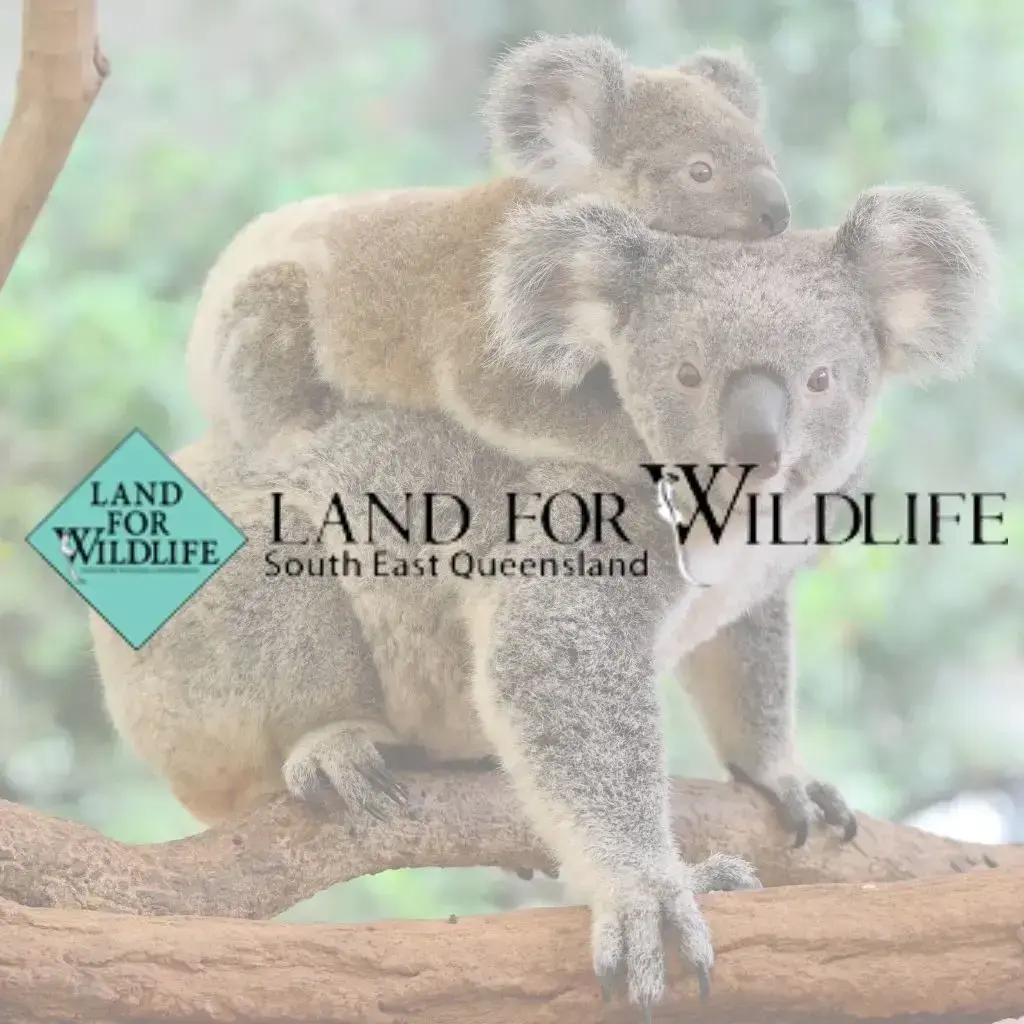
[expand title=”New South Wales”]
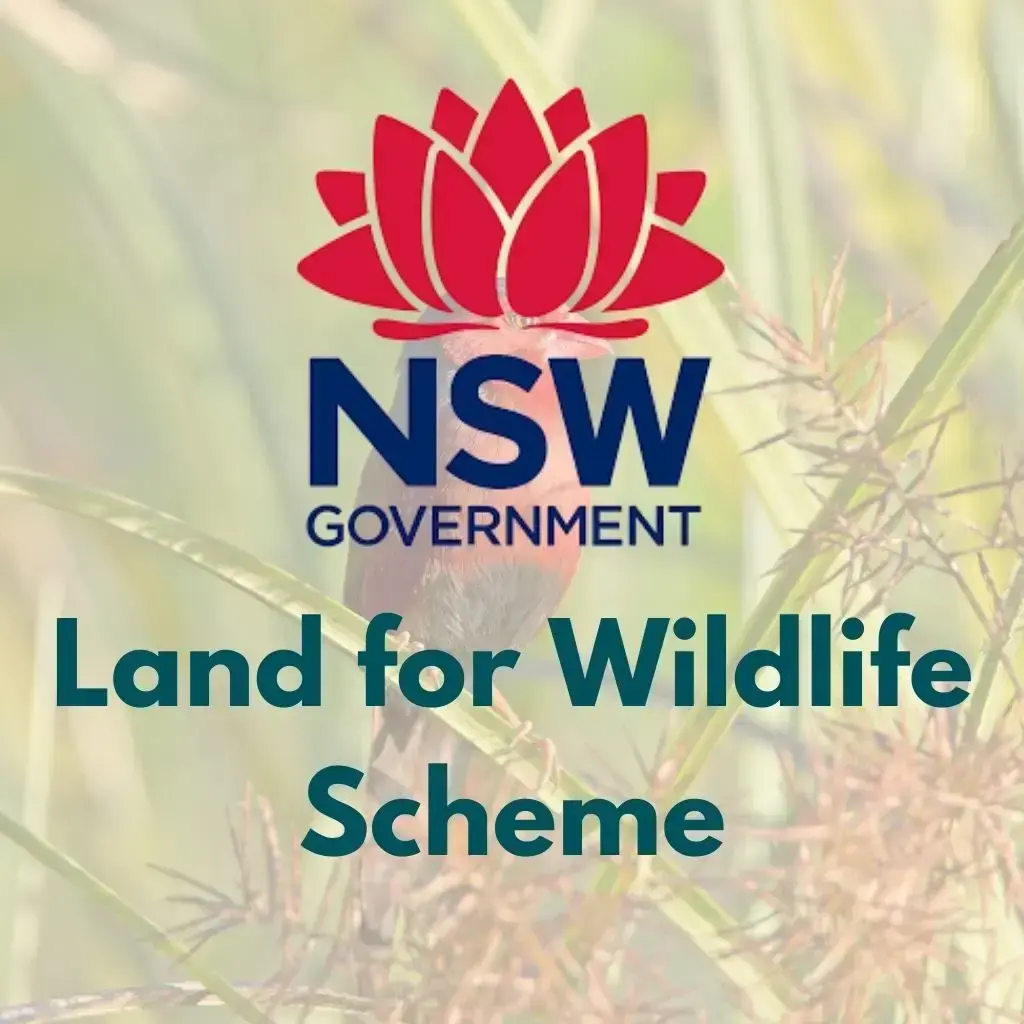
[expand title=”Victoria”]
[expand title=”Tasmania”]
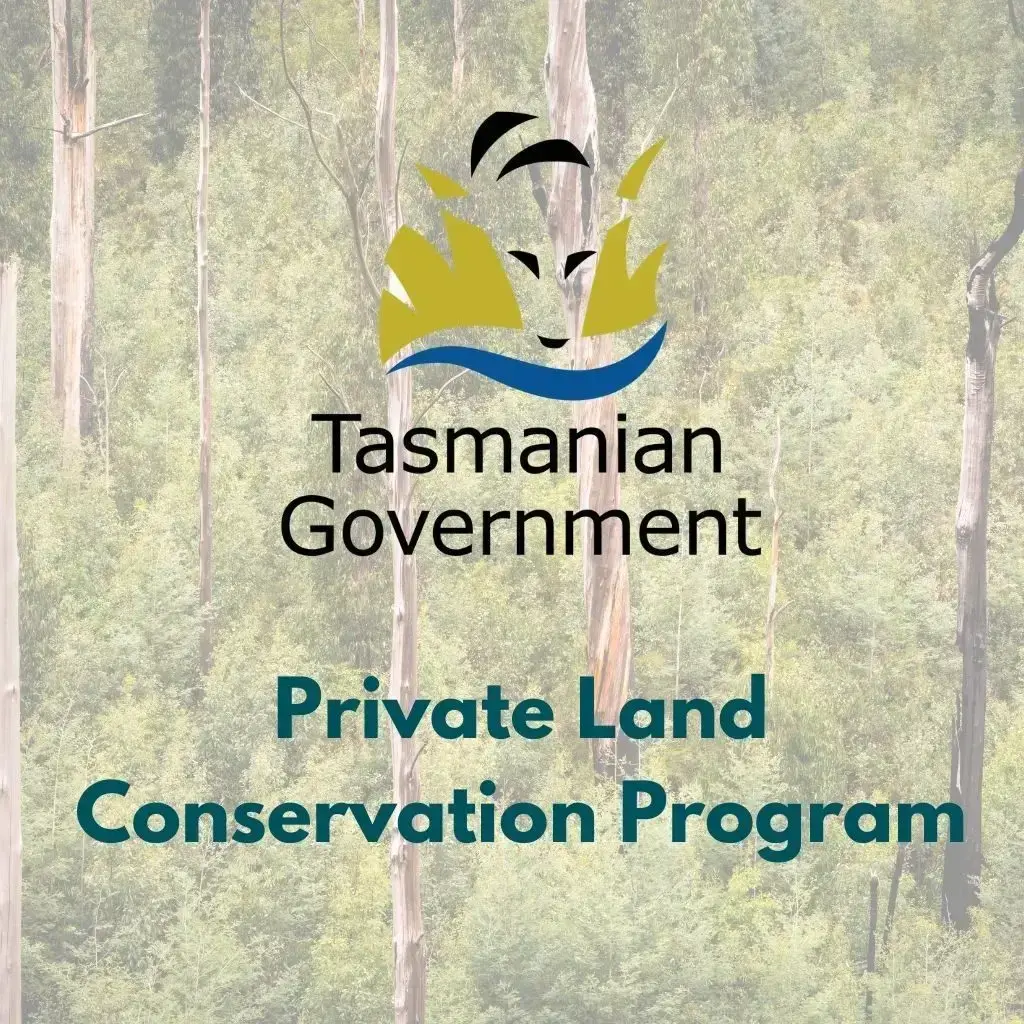
[expand title=”South Australia”]
[expand title=”Western Australia”]
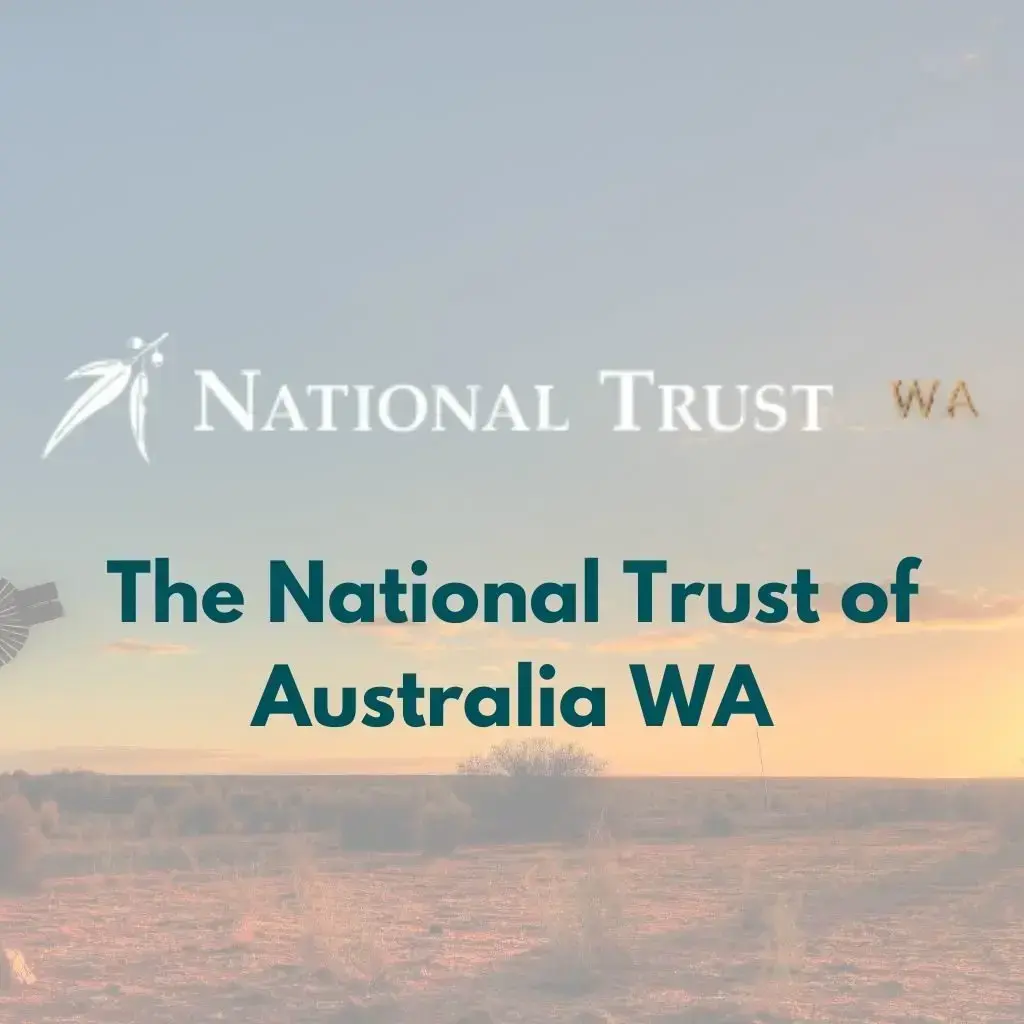
[expand title=”Northern Territory”]
[expand title=”Australian Capital Territory”]
Know about any other conservation or revegetation programs for your state and want to share? Contact us



